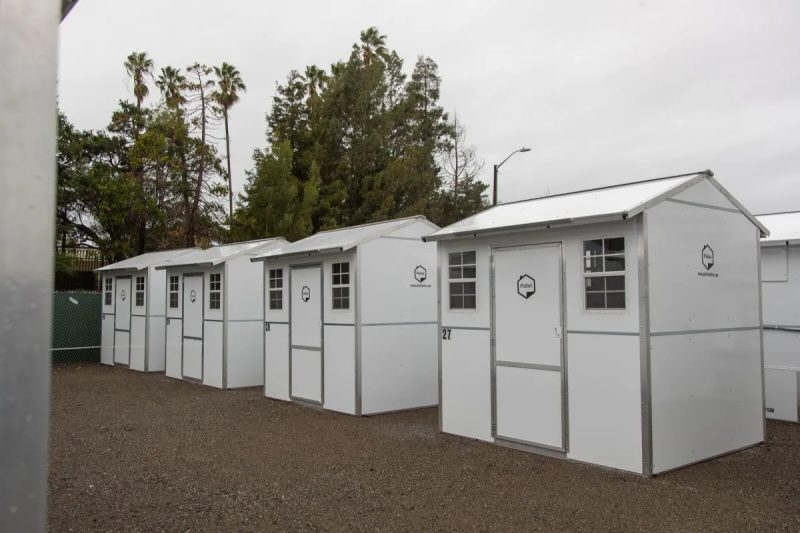Arizona Secretary of State Adrian Fontes is an active user of the new Threads social media app, posting everything from elections official business to politics to his opinion of Bob Seger and, here, a photo from an Arizona Diamondbacks game during a trip to Washington, D.C. || Photo courtesy Arizona Secretary of State Adrian Fontes
Cronkite News
WASHINGTON – Among the 100 million users who reportedly signed up last month for Threads, Meta’s new social media platform, were Arizona politicians from both state and federal office and from both sides of the aisle.
Some used it to send campaign messages or to reach out to constituents. Some used it for family announcements or to poll people on their favorite Sonoran hot dog. Some have not posted at all yet, but rushed to get on the platform nonetheless.
Yini Zhang is not surprised.
The assistant professor in communications at the University of Buffalo said that in order to reach the most people, politicians must make themselves available on as many platforms as they can. That’s why it’s not uncommon for one politician to have accounts on Twitter, Instagram, Facebook, TikTok, Truth Social and now, Threads.
“For politicians to get their messages out and to reach as many people as possible, it is important to adopt this kind of all-out strategy to create accounts on multiple platforms, particularly if a given platform happens to be the place where they want to meet their supporters,” Zhang said.
RELATED STORY First in the nation law requires tech firms to take steps to improve kids’ well-being

Selepak said Threads is another avenue for politicians to reach their constituents and to control the messages constituents see.
Threads might be that place, said Andrew Selepak, a social media professor at the University of Florida. Anyone with an Instagram account can have a Threads account and set-up is quick. He said Threads also enjoys robust financial support from Meta and potential access to Instagram’s 2 billion users.
In his first post on Threads, Rep. Greg Stanton, D-Phoenix, reintroduced himself to constituents with a “refresher on what I’ve been fighting for & will continue fighting for.” Stanton, who has both professional and personal accounts, has posted about town hall meetings, Sky Harbor neighborhood improvements, record-breaking temperatures and the state’s water supply issues.
Despite the buzz around Threads, Selepak does not foresee a lot of energy and marketing resources pouring into the app, which he thinks will instead become a place for repurposed content to find new audiences.
When Rep. Raúl Grijalva, D-Tucson, published a video of himself on Threads drawing on an official House of Representatives pad, he also posted his “GrijalvArt” to other social media platforms.
Selepak said that social media platforms are typically safe spaces for politicians to market themselves, and Arizona politicians are no exception. He pointed to Arizona Sen. Kyrsten Sinema, who left the Democratic Party last year to become an independent, saying it is probably easier for her to talk about her stances via her social media accounts than anywhere else.
“She’s not going to get friendly interviews on MSNBC, or Fox News or CNN,” Selepak said. “So for her, taking her message directly to voters, directly to the public through social media, is probably going to be her only friendly outlet where she can run.”
Sinema has a Threads account, but as of Aug. 1 she had not posted any content.










